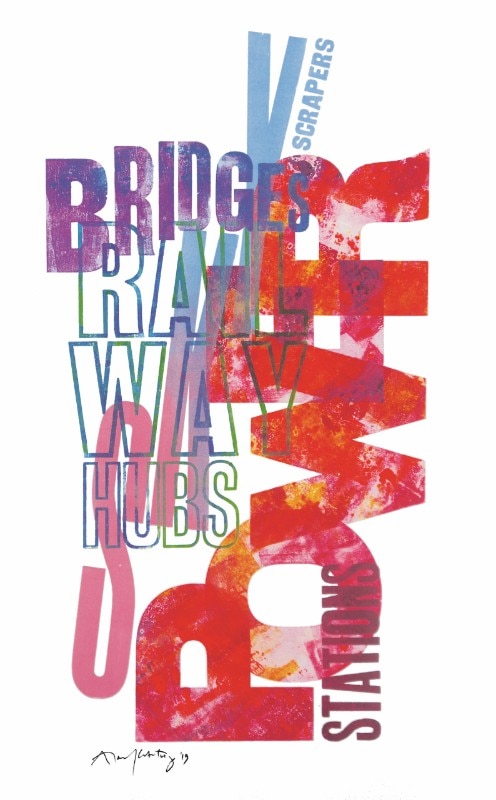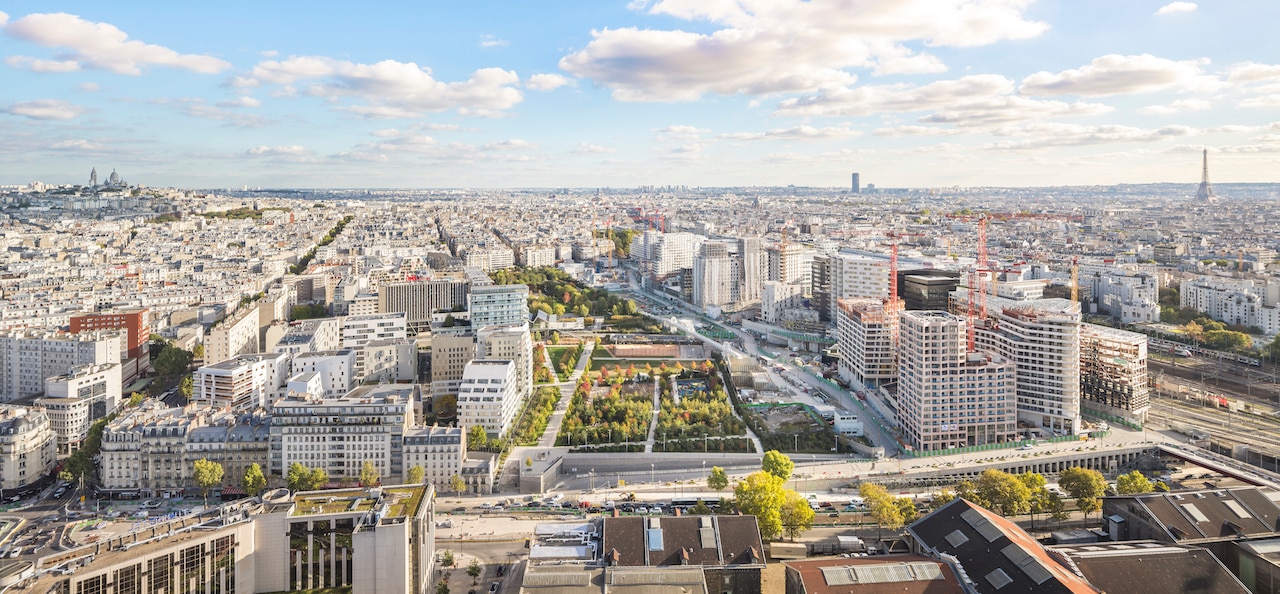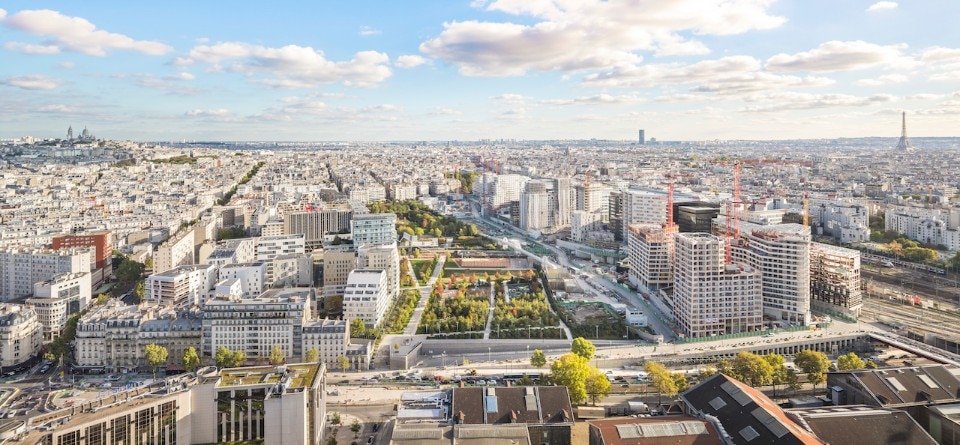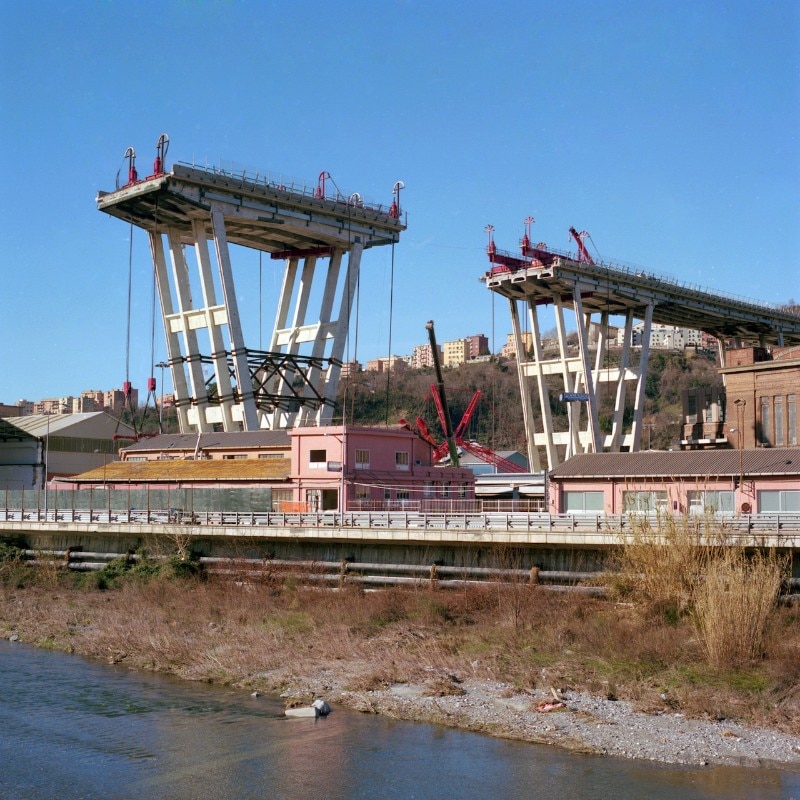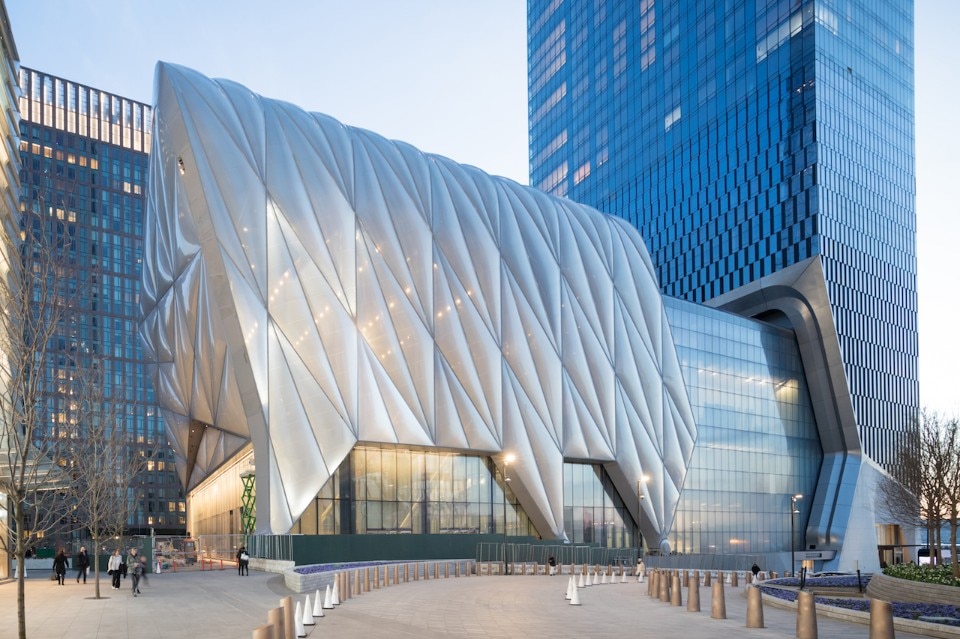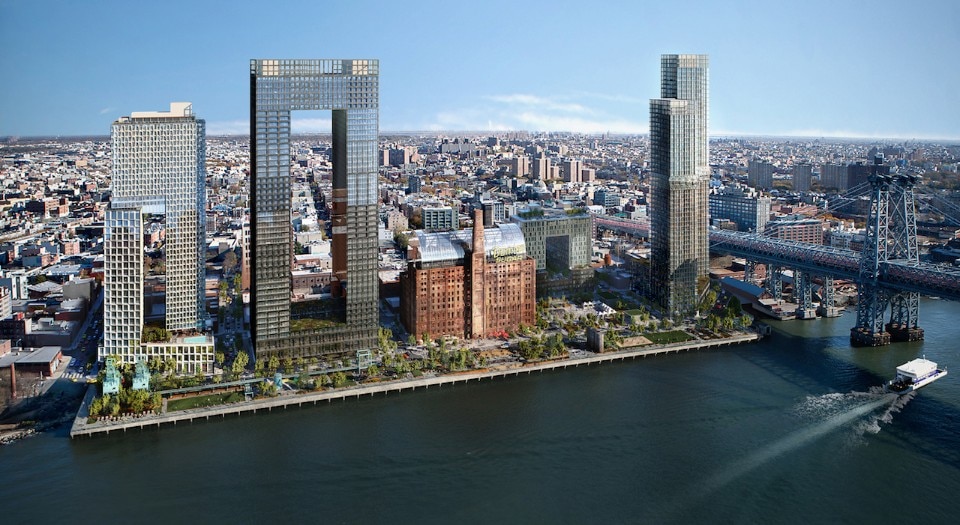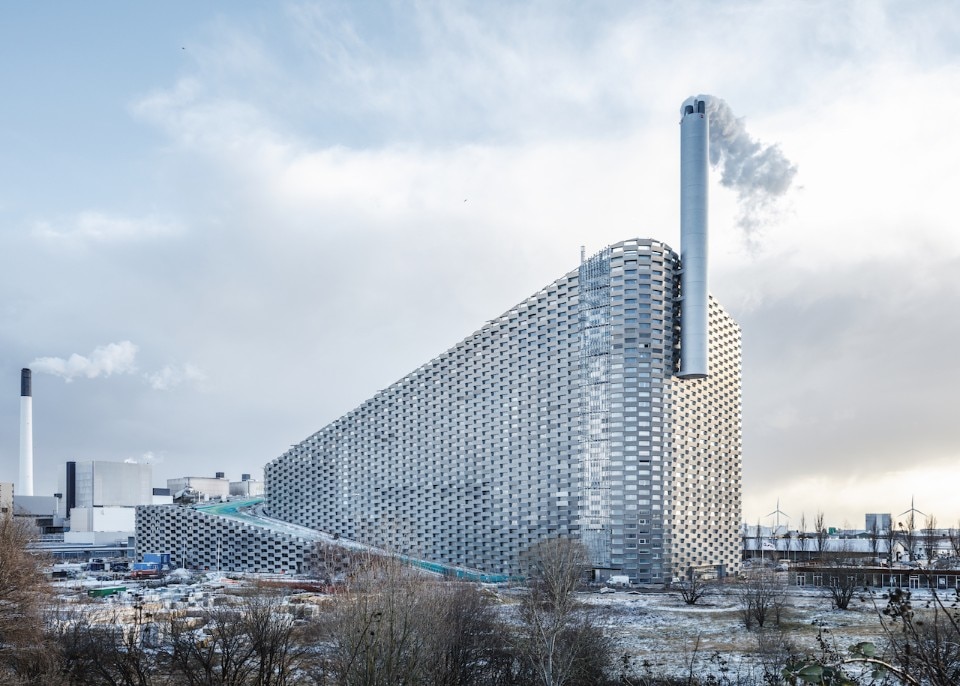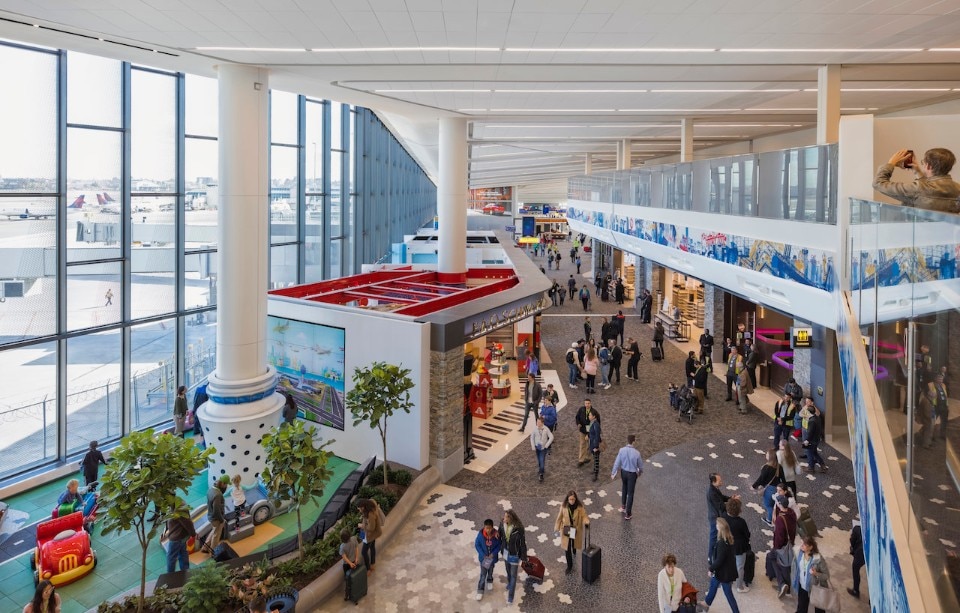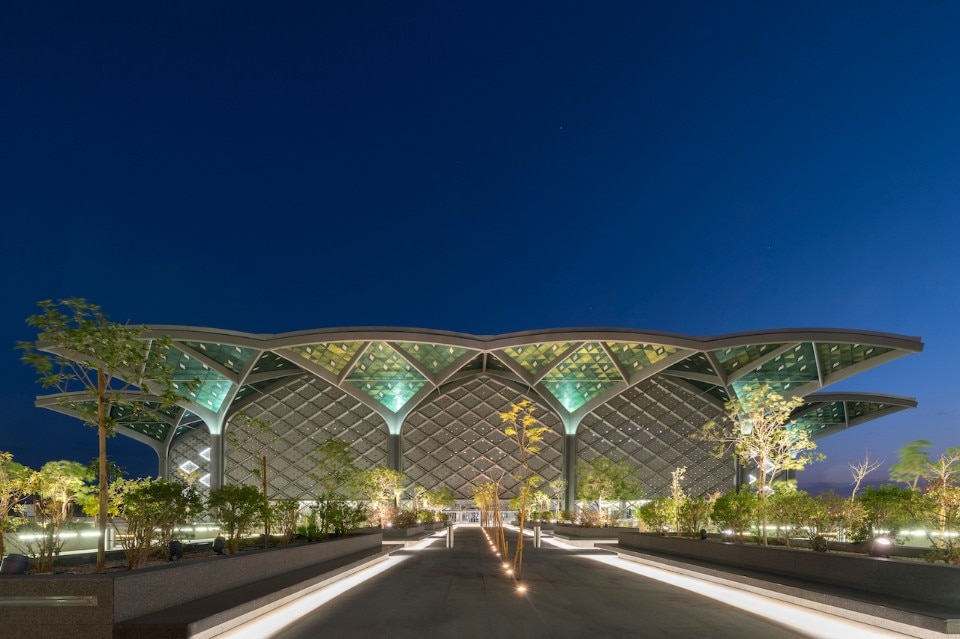Gigantic-scale constructions, disconnected from the city, are springing up all over the world, extreme strongholds of that drive for urbanisation that is characterising the evolution of our planet and which estimates say will reach 70 percent within the next 30 years (compared to less than 10 percent in 1900). It is a phenomenon that is establishing itself in urban centres throughout the world, where these “enormous symbolic surrogates for the city”, stigmatised by Richard Ingersoll with the term hypertecture, are gradually replacing the fabric made up of buildings on a human scale connected to public spaces, focusing attention of a scenario that needs to be monitored and managed.
It is on these premises that the first edition of the special publication Large-scale constructions, a supplement to the June issue of Domus, is based, serving as an instrument to analyse and reflect on large-scale infrastructures and their potential to improve the quality of life of a city and its inhabitants. It does so, first and foremost, through two new essays written by a philosopher and an urban planner. Leonardo Caffo analyses our “era of collapse” - collapse of the suburbs onto the centres, of nature onto culture, of the environment, of gender, of morals - to highlight the necessity to connect the “large-scale works” to a virtuous human dimension - because “large-scale architectural works without large-scale philosophy are merely systemic infrastructure”.
Richard Ingersoll rallies against speculative operations - carried out by politicians with real-estate agents and their architects - which have led to the creation of hypertecture - “monuments to vanity that represent the world’s collective psychosis of waste” - and identifies a possible strategy to combat them from within, infiltrating the function of these symbolic structures and turning them into sources of clean energy.
The most sublimely design aspect of the focus of Domus large-scale constructions is entrusted to nine recently completed international projects. Firstly to the refurbishment of the Clichy-Batignolles district, with the latest additions by designers such as Jean-Paul Viguier, Baumschlager Eberle Architekten + Scape or Aires Mateus, governed by a process in which the planning authorisation has maintained control over architectural decisions, an expression of the potential of the zone d’aménagement concerté, one of the instruments supporting social and environmental sustainability in Paris. But also to the project for the Brooklyn waterfront, the result of the new masterplan by SHoP Architects, who are reinventing the ex-industrial Domino Sugar area following a long process of shared revision.
Again in New York, in the gentrified area known as Hudson Yards, Diller Scofidio + Renfro have created the Shed, a futuristic multi-purpose and multi-disciplinary project for the arts created with public funds that offers a unique urban experience with its enormous mobile shell. Inaugurated in April, we present a preview. In Copenhagen, the Amager Bakke waste-to-energy plant - known as Copen Hill - exploits its hypertectural condition to achieve better zero-emission results and offers a ski run on the steep roof and a sheer wall for mountaineering on the sides, a promise for the establishment of a new paradigm.
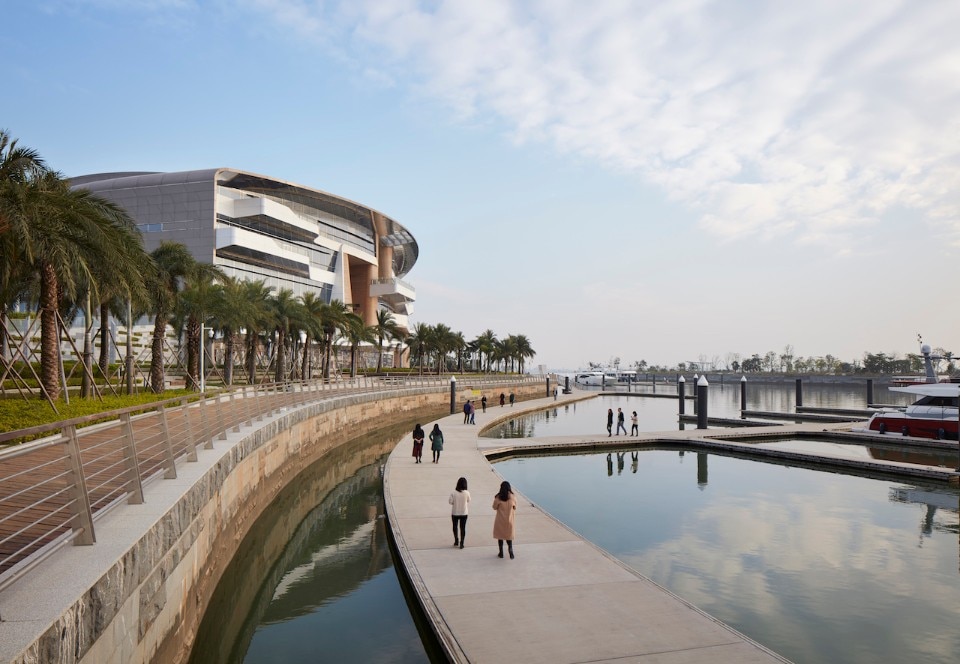
The grand infrastructures in Domus large-scale constructions also include the design by HOK for the east wing of Terminal B at LaGuardia, the first stage in an operation to re-modernise the entire airport by 2022, the Keppel Cove Marina by UNStudio on the banks of the Xi Jiang river in China, the four stations of the Saudi Arabian high-speed rail network by Foster + Partners and the new bridge by Renzo Piano over the Polcevera river for which works have just begun - the latter accompanied by an essay by Andrea Zampieri on the collapse of the Morandi bridge and the safety of grand infrastructures.
Our special is crowned with a cover by the typography artist Alan Kitching, who has interpreted the theme of the issue by creating a large-scale construction for Domus.


